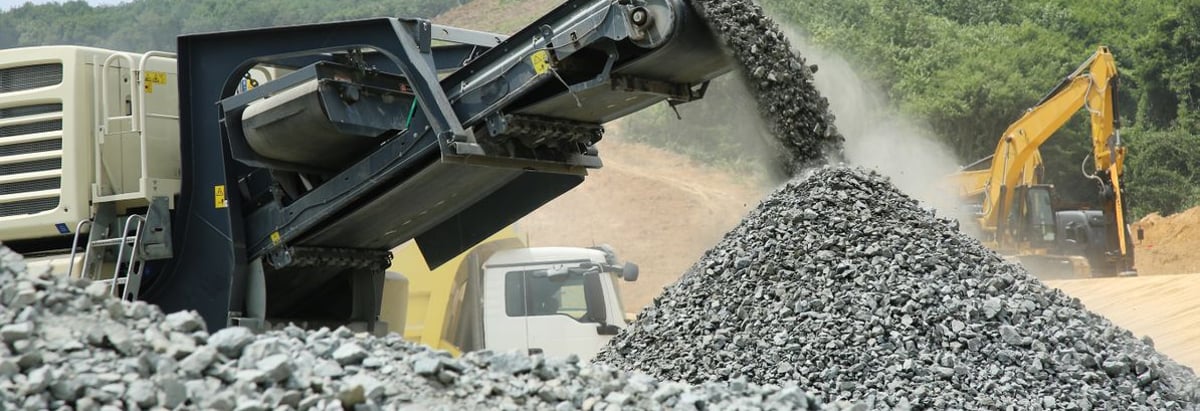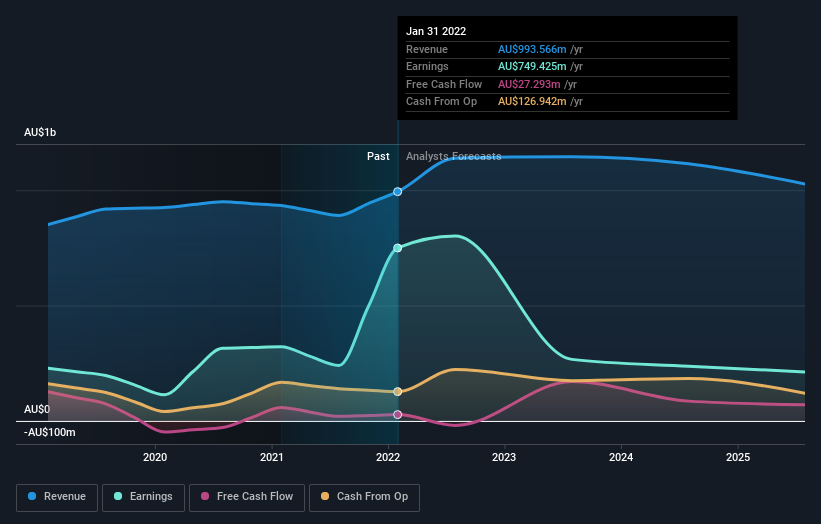
While Brickworks Limited (ASX:BKW) might not be the most widely known stock at the moment, it received a lot of attention from a substantial price increase on the ASX over the last few months. With many analysts covering the mid-cap stock, we may expect any price-sensitive announcements have already been factored into the stock’s share price. However, what if the stock is still a bargain? Let’s take a look at Brickworks’s outlook and value based on the most recent financial data to see if the opportunity still exists.
Check out our latest analysis for Brickworks
Is Brickworks Still Cheap?
According to my valuation model, the stock is currently overvalued by about 24%, trading at AU$21.23 compared to my intrinsic value of A$17.14. This means that the opportunity to buy Brickworks at a good price has disappeared! In addition to this, it seems like Brickworks’s share price is quite stable, which could mean two things: firstly, it may take the share price a while to fall back down to an attractive buying range, and secondly, there may be less chances to buy low in the future once it reaches that value. This is because the stock is less volatile than the wider market given its low beta.
What does the future of Brickworks look like?

Future outlook is an important aspect when you’re looking at buying a stock, especially if you are an investor looking for growth in your portfolio. Buying a great company with a robust outlook at a cheap price is always a good investment, so let’s also take a look at the company's future expectations. Though in the case of Brickworks, it is expected to deliver a highly negative earnings growth in the next few years, which doesn’t help build up its investment thesis. It appears that risk of future uncertainty is high, at least in the near term.
What This Means For You
Are you a shareholder? If you believe BKW should trade below its current price, selling high and buying it back up again when its price falls towards its real value can be profitable. Given the uncertainty from negative growth in the future, this could be the right time to de-risk your portfolio. But before you make this decision, take a look at whether its fundamentals have changed.
Are you a potential investor? If you’ve been keeping tabs on BKW for some time, now may not be the best time to enter into the stock. Price climbed passed its true value, in addition to a risky future outlook. However, there are also other important factors which we haven’t considered today, such as the financial strength of the company. Should the price fall in the future, will you be well-informed enough to buy?
So if you'd like to dive deeper into this stock, it's crucial to consider any risks it's facing. To that end, you should learn about the 3 warning signs we've spotted with Brickworks (including 2 which make us uncomfortable).
If you are no longer interested in Brickworks, you can use our free platform to see our list of over 50 other stocks with a high growth potential.
Valuation is complex, but we're here to simplify it.
Discover if Brickworks might be undervalued or overvalued with our detailed analysis, featuring fair value estimates, potential risks, dividends, insider trades, and its financial condition.
Access Free AnalysisHave feedback on this article? Concerned about the content? Get in touch with us directly. Alternatively, email editorial-team (at) simplywallst.com.
This article by Simply Wall St is general in nature. We provide commentary based on historical data and analyst forecasts only using an unbiased methodology and our articles are not intended to be financial advice. It does not constitute a recommendation to buy or sell any stock, and does not take account of your objectives, or your financial situation. We aim to bring you long-term focused analysis driven by fundamental data. Note that our analysis may not factor in the latest price-sensitive company announcements or qualitative material. Simply Wall St has no position in any stocks mentioned.
About ASX:BKW
Brickworks
Engages in the manufacture, sale, and distribution of building products for the residential and commercial markets in Australia and North America.
Moderate growth potential with imperfect balance sheet.
Similar Companies
Market Insights
Community Narratives




